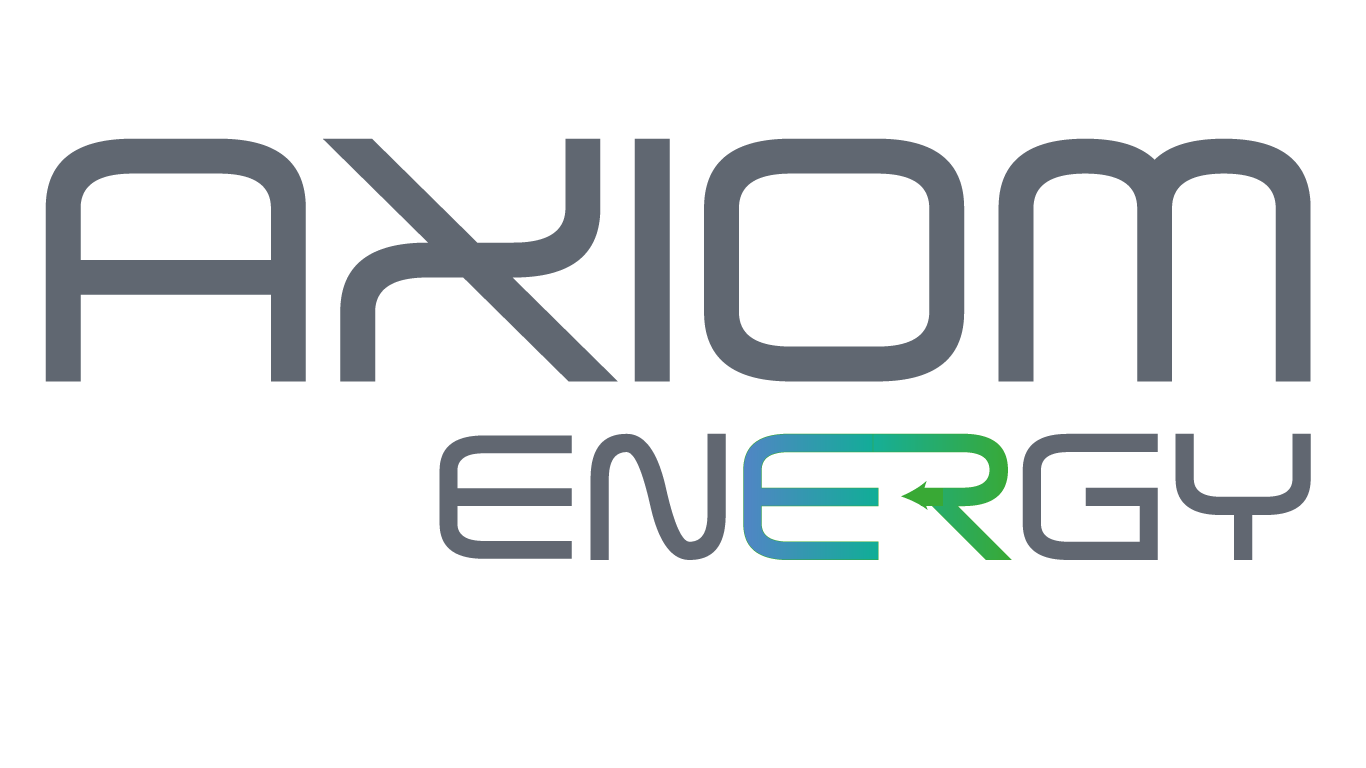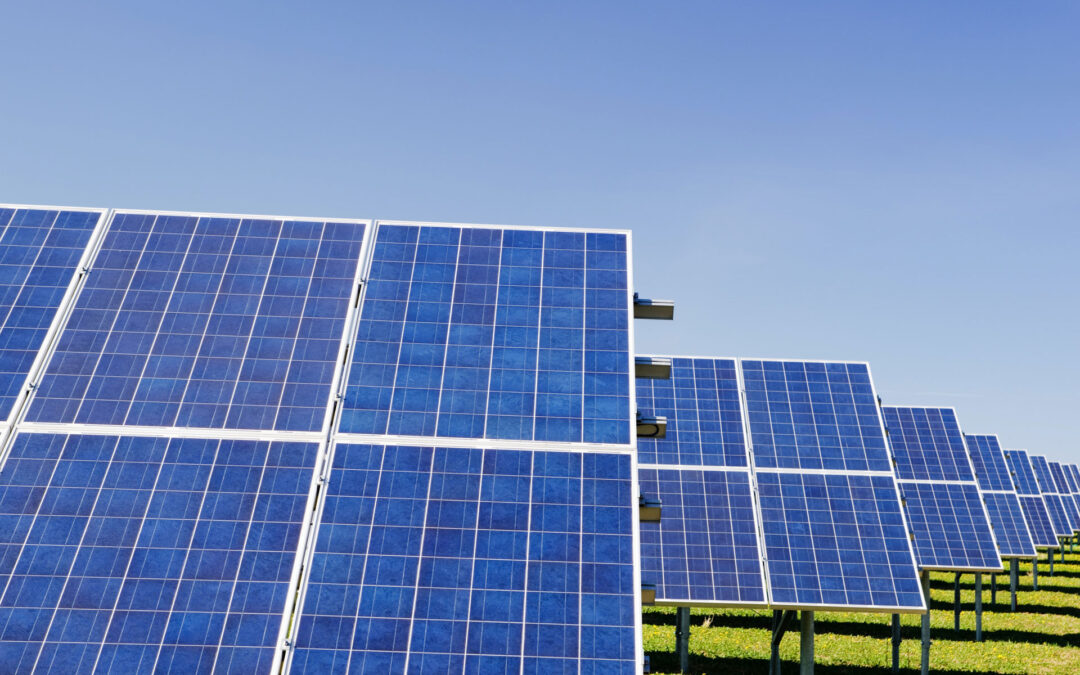Solar energy works by harnessing the power of the sun to generate Energy, this can be used as electricity or to heat water. The two primary technologies for utilizing solar energy are Photovoltaic (PV) systems, which produce electricity, and Solar Thermal systems, which generate heat.
1. Photovoltaic (PV) Systems:
Solar Panels: PV systems utilise solar panels, which are made up of photovoltaic cells. These cells are typically made of semiconductor materials like silicon.
Photovoltaic Effect: When sunlight strikes the solar panels, it activates the electrons within the semiconductor material, generating an electric current. This phenomenon is known as the photovoltaic effect.
Inverter: The direct current (DC) electricity produced by the solar panels is then converted into alternating current (AC) by an inverter. AC is the standard form of electricity used in homes and businesses.
Utility Grid or Storage: The generated electricity can either be used immediately to power devices or can be fed into the utility grid. In some cases, solar energy systems are equipped with energy storage solutions, such as batteries, to store excess electricity for later use. If you have Electric Vehicles (EV), excess energy can be used to charge your car as many Electric Vehicles are now coming with electric storage capacity.
2. Solar Thermal Systems:
Solar Collectors: Solar thermal systems use mirrors or lenses to concentrate sunlight onto a small area. This concentrated sunlight is then converted into heat.
Heat Transfer: The collected heat is transferred to a fluid, often a liquid or gas, which circulates through the heating system.
Heat Conversion: The heated fluid can be used directly for space heating, hot water, or industrial processes, or it can be used to generate steam that drives a turbine connected to a generator, producing electricity.
Storage: Solar thermal systems may also include storage systems to store heat for use during periods when sunlight is not available.
3. Passive Solar Systems:
Building Design: In addition to active solar technologies, passive solar systems leverage the design and structure of buildings to capture and utilize sunlight for heating and lighting.
Windows, Walls, and Thermal Mass: Features such as large south-facing windows, thermal mass (materials that store and release heat), and proper insulation contribute to maximizing the use of solar energy passively.
The effectiveness of solar energy systems depends on factors such as the geographic location, weather conditions, and the efficiency of the technology used. Advances in solar technology, decreasing costs, and increased awareness of environmental sustainability have contributed to the growing popularity and adoption of solar energy worldwide.
The advancement in technology has not only made Solar systems more accessible, but it has also made solar more affordable too. With Energy costs seeing huge spikes and markets still remaining very volatile Solar is a sure way to reduce costs when looking at a long-term solution.


Recent Comments